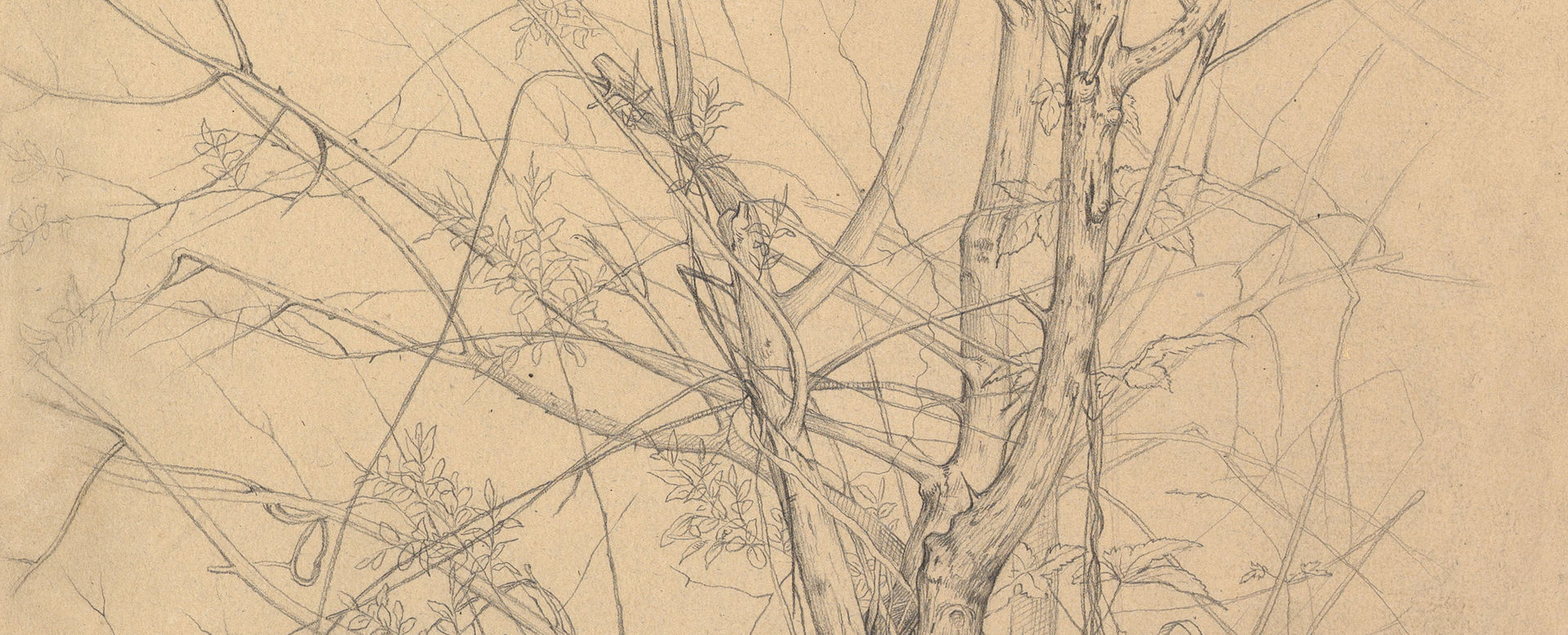Costume design for a Brigand Boy in the Ballet 'Daphnis and Chloé', performed at the Théâtre du Châtelet in Paris, 1912
Léon Bakst Russian
Not on view
Drawing with a costume design for a brigand boy in the ballet 'Daphnis and Chloé,' by Léon Bakst. This ballet by Fokine was first performed at the Théâtre du Châtelet in Paris in 1912, as part of the repertoire of the Ballets Russes for the season. The costume designs for the ballet were inspired on Ancient Greece, and Bakst drew inspiration from ancient vases, both for the costumes and the poses and movements of dancers. As with orientalisms, the inspiration on Ancient Greece was recurring during Bakst's design career, and he returned to it towards the end of his life. Daphnis and Chloé, however, was only his first exploration of the style, and although the designs for costumes seem to have been praised by the public of the time, they might have been disconnected from the stage set design.
The drawing presents a standing boy with open arms and legs, wearing a short tunic with zig-zagging patterns, lozenges, and triangles, executed with black, white, and light brown. He wears strips of white fabric wrapped around his calves, and white shoes. The short hair is left loose, and his head is half-covered with a black hat with white geometric motifs. To his sides are sketches of the chevron patterns featured on his dress.
Due to rights restrictions, this image cannot be enlarged, viewed at full screen, or downloaded.



